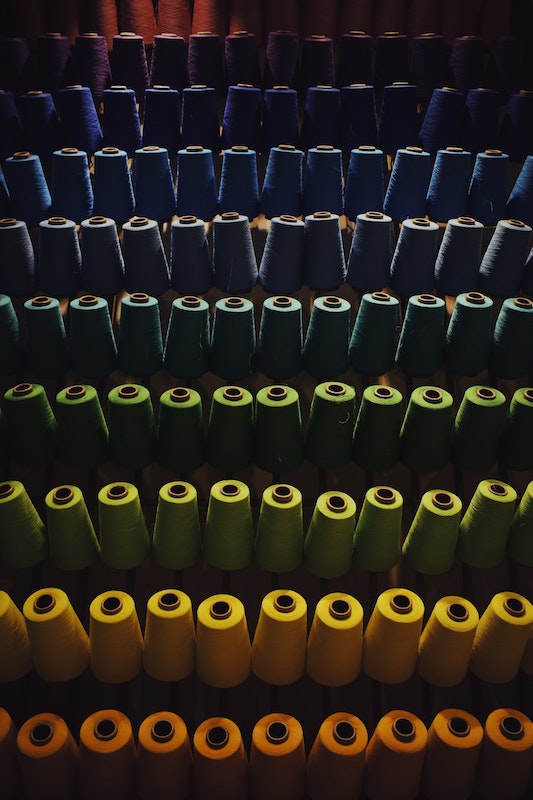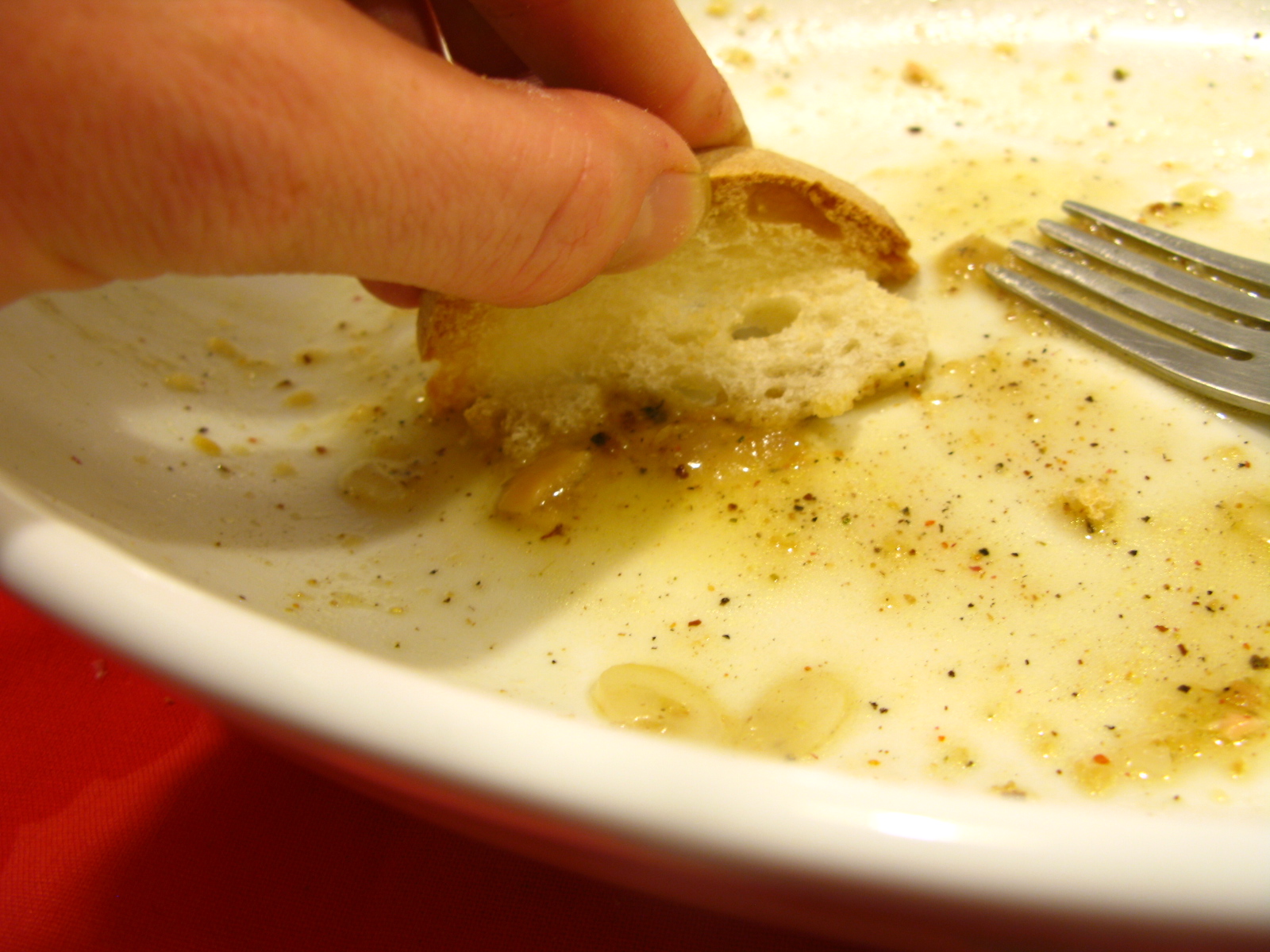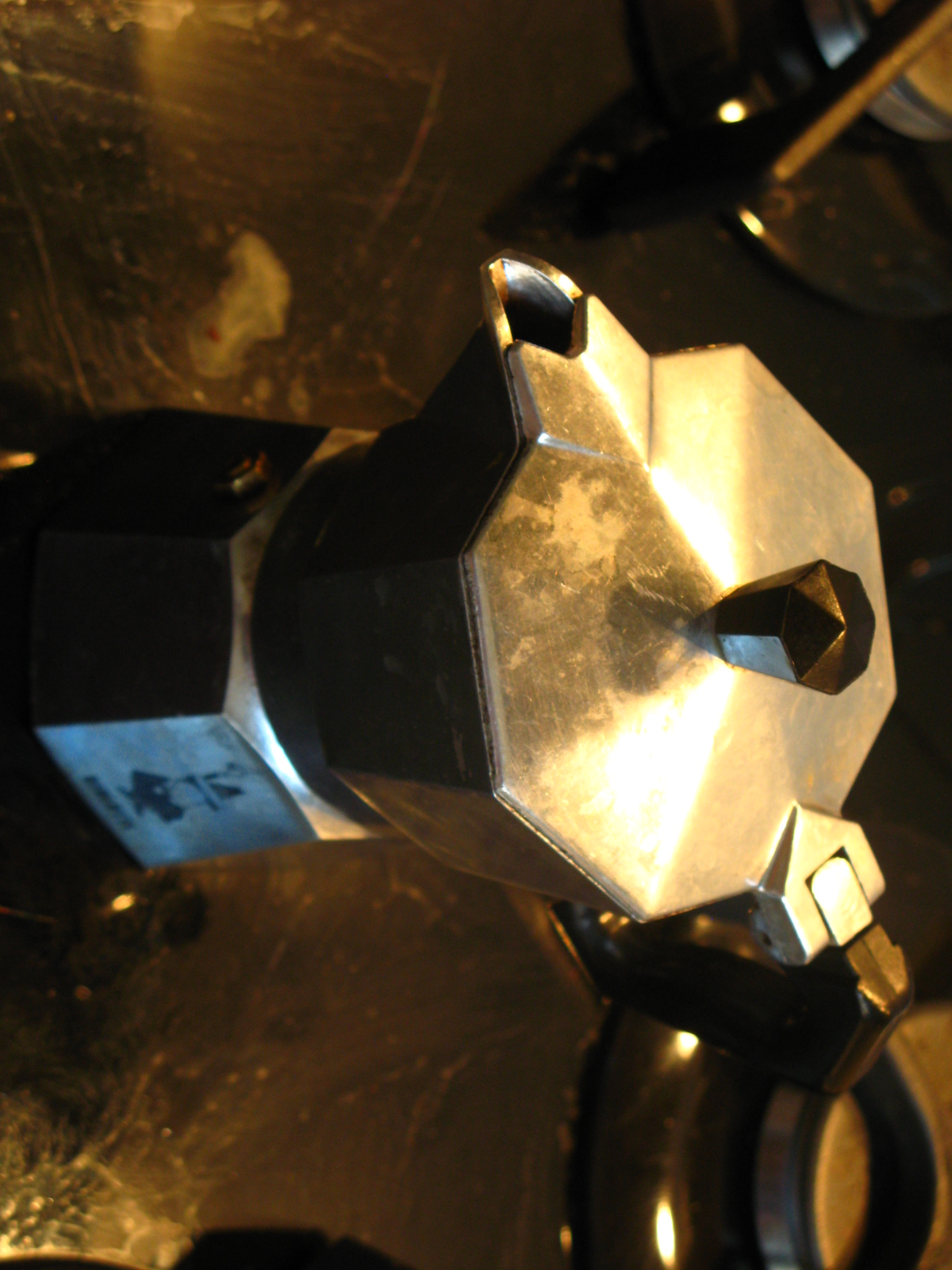Fabrics abbreviations: know what you wear
The textile industry is an extensive, diverse universe that comprises a myriad of different products, from clothing to fabrics made for household items and for multiple uses in the manufacturing business. The range of textile fibers these are made of is just as varied, plus, there are many fabrics made with more than one type of fiber. Needless to say, garments and all other fabric items must have composition labels, so the industry has created abbreviations that define and group the materials, i.e. the textile fibers.
So how can you know what you’re wearing, or buying? By knowing what the abbreviations stand for. But, first and foremost, what exactly is a textile fiber? It is the basic matter, the raw material used to make yarn. Yarns are then woven, knit, knotted, or otherwise bound to manufacture fabric.
Basic textile fibers content abbreviations
Textile fibers derive from different sources and are generally divided into:
- Animal textile fibers – wool, for instance.
- Vegetable textile fibers – such as cotton.
- Artificial textile fibers – produced artificially by chemical processing of cellulose, like viscose.
- Synthetic textile fiber – produced artificially by chemical processing of petroleum by-products, like polyester.
Every fiber has distinctive characteristics that determine what it is suited for, what kind of manufacturing it needs, and what kind of fabric it can become.
This said, a discerning buyer needs to be able to master the basics of fiber fabrics abbreviations to know what different fabrics are made of. When buying clothing, one often wonders what the fabric is… thankfully as provided for by EU Regulation no. 1007/2011 all textile products must carry a label indicating the fibers they are made of, and the industry has agreed on a common classification of the abbreviations to be used.
The labels can be baffling, so knowing your way around the abbreviations can be really useful!
Short list of fabrics abbreviations
Here is a brief list of the ones used for the most popular and widespread textile fibers:
- SE: silk.
- WV: virgin wool
- WS: cashmere
- WP: alpaca
- WO: regenerated wool
- CO: cotton
- LI: linen
- VI: viscose
- MD: modal
- CLY: lyocell
- AC: acetate
- PL: polyester
- PA: polyamide
- PU: polyurethane
- EA: elastane
Many of the acronyms come from the names of the fibers in English, for instance, WV is virgin wool. Check the Fabric House website LINK for further information on fibers and their classification.

Discover textile manufacturing processes: textile finishing
Fibers go through multiple processing stages before they become fabric. The main steps are:
- Spinning: the textile processes that turn raw fiber into yarn.
- Weaving: the process that turns the yarn into fabric.
- Yarn dyeing: the set of processes carried out to color unbleached yarn.
- Textile finishing: the process that converts plain natural fabric into material suitable for further processing.
Textile finishing comprises treatments and processes aimed at improving the appearance, “hand” (i.e. feel), and physical properties of the fabric, to make it suited to use. The main textile finishing processes include:
- Burnishing, which removes excess hair from the fabric making it smoother
- Bleaching, which removes impurities from the fabric
- Waterproofing
Keep in mind that these are just a few textile finishing processes: there are many others used depending on the specific production requirements.
Knitted fabrics and woven fabrics: what’s the difference?
The two most popular and renowned fabrics are knitted fabrics and woven fabrics. What’s the difference, and what are the main features that characterize these?
Knitted fabrics are obtained by weaving a single thread around itself: the threads these are made of are interloped or interlaced using needles to construct a mesh and, ultimately, create the fabric.
Knitted fabrics
Weft knitted fabrics, which are obtained by knitting one course at a time. The stitching runs left to right and creates rows. So, basically, the yarn forming the fabric goes across, and the meshes slip over each other, allowing the fabric to stretch. Case in point: weft fabrics always stretch when they are cut.
Chain knit fabrics: this type of fabric is made by interloping several threads to form the mesh. The main feature of chain fabrics is that the thread is knotted onto itself: a very advantageous feature, because it means that the fabric will not unravel if cut.
Woven (or shuttle-woven) shuttle fabric
Woven (or shuttle-woven) shuttle fabric is made using a loom that interweaves the weft yarns (i.e. horizontal or transverse yarns) with the warp yarns (i.e. lengthwise or longitudinal yarns). Woven fabrics tend to be stronger than knitted ones, but not as supple. A spindle-shaped device used to carry the crosswise threads (weft) through the lengthwise threads (warp)The shuttle is the device that holds the yarn and carries the weft threads through the warp threads, moving from one side of the loom to the other.
Nanotechnology fabrics: nanotechnology at the service of the textile industry
What is nanotechnology and what does it do to, and for, fabric?
Nanotechnology refers to that branch of science that studies, and works with, matter on a very small scale. Namely, nanotechnology manages matter smaller than the micrometer, which is a value between 1 and 100 nanometers. A nanometer is equivalent to one billionth of a meter. The aim of nanotechnology is modifying existing materials to make them more functional, or create new ones with particular characteristics. Nanotechnology has many fields of application: from electronics to medicine, from energy to textiles and clothing.
As regards fabric, nanotechnology fabrics (or nano fabric) are those textiles manufactured to have special qualities like hydrophobicity, breathability, stain-resistance, insulation etc.
A world-famous brand offers a great example of nanotech fabric: The North Face, able to produce its brand-new cutting-edge Futurelight garment, at once breathable and waterproof thanks to a new technique called “nanospinning”.
Employment contracts in the textile industry: terms, conditions and salaries.
So far we have talked about textile fibers, processing and fabrics, but what about those who actually do the work? Is there a specific agreement that regulates workers’ rights and conditions? And whom does it involve?
In Italy, all terms and conditions concerning employment are based on the Contratto collettivo nazionale di lavoro (CCNL), a collective state employment agreement. As regards the textile industry, the current CCNL dates back to July 1, 2020 and will be binding for three years. The contract conditions maintained in the said CCNL apply to workers employed in
- clothing-manufacturing companies
- knitting companies
- hosiery companies
- companies that produce wool and felt
- silk weaving firms
- artificial and synthetic fiber plants
- cotton manufacturing firms
- dyeing and printing companies.
The same terms and conditions also apply to companies operating in the photoengraving of the frames and cylinders used for printing textiles, as well as others implied in a variety of other ancillary manufacturing and finishing processes, such as silk twisting and spinning.
The standing CCNL collective agreement pertaining to the textile industry maintains that there are 8 different categories of workers and 10 levels of salary:
- 8th level: executives/managers
- 7th level: employees
- 6th level: employees
- 5th level: employees, “intermediate level” employees, workers
- 4th level: employees, “intermediate level” employees, workers
- 3rd level “super” and 3rd level: clerks, workers
- 2° level “super” and 2° level: clerks, workers
- 1st level: workers
Curious about the topic? Find out our special about the new frontiers of natural fabrics here.
We do hope you found this article on the textile industry interesting, and useful too!












